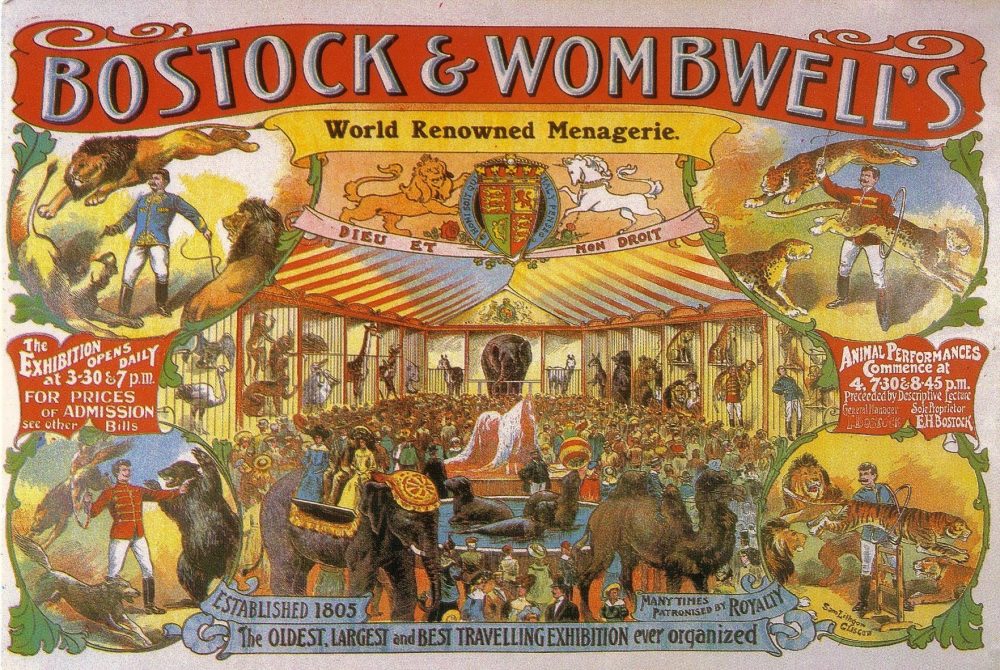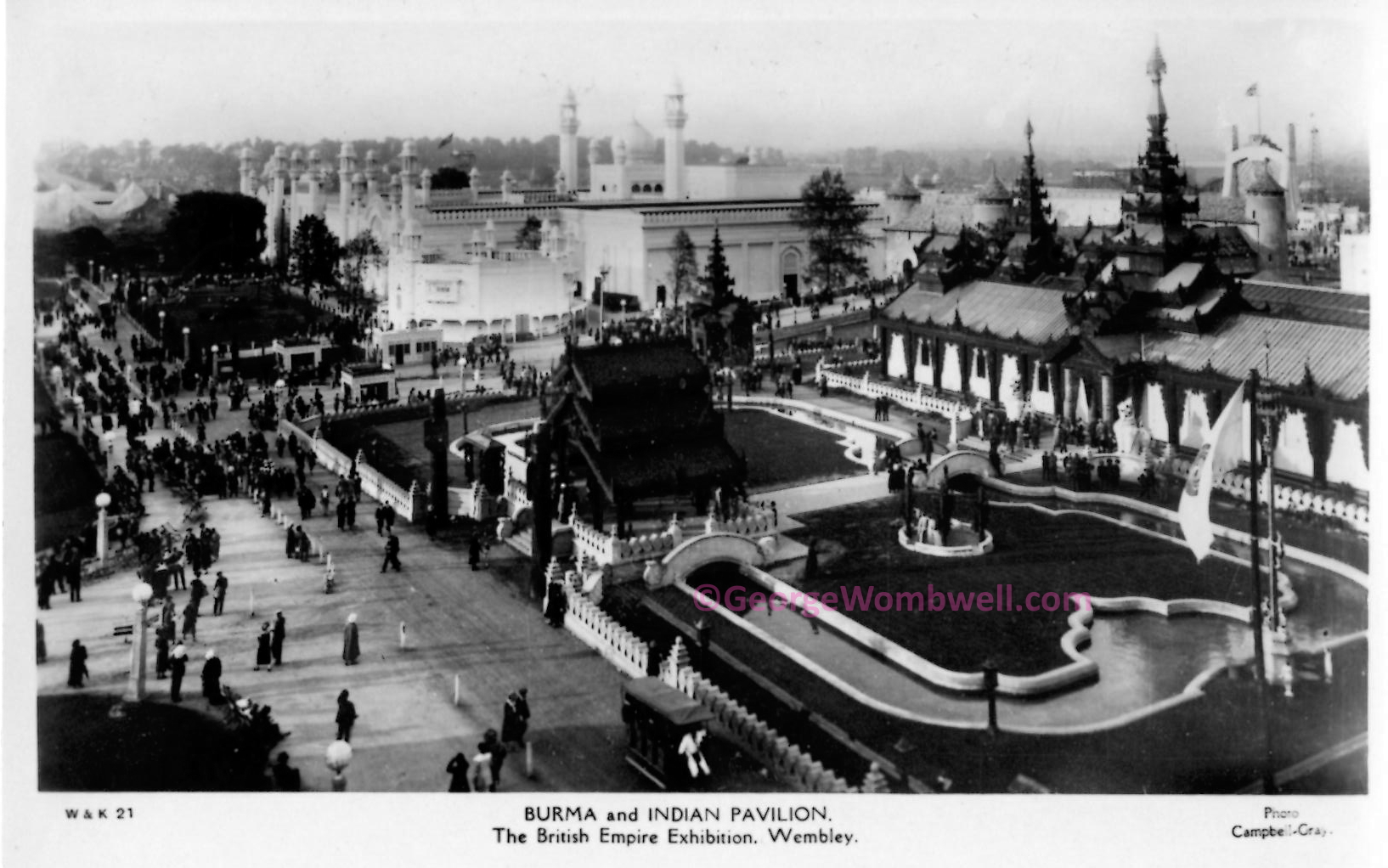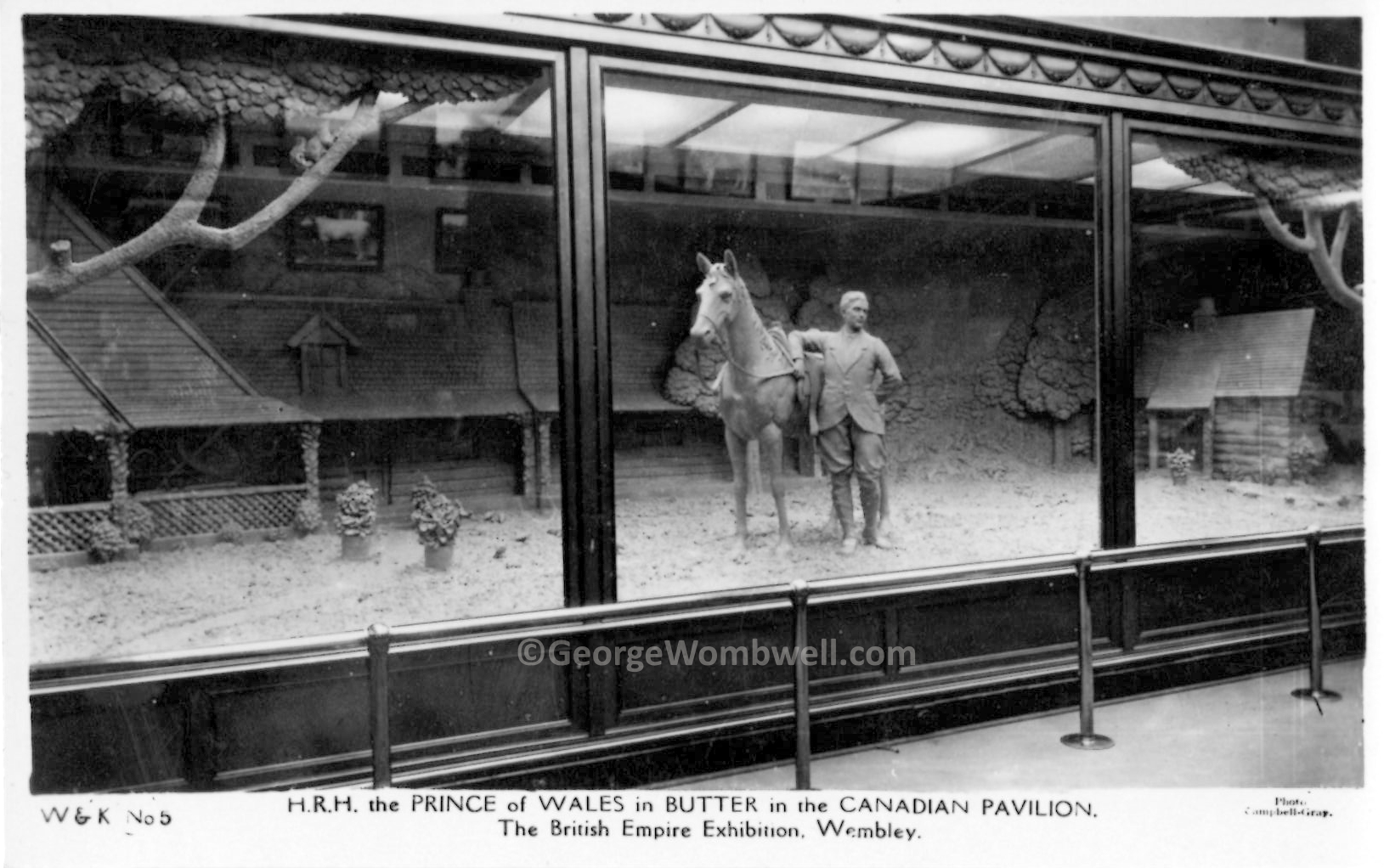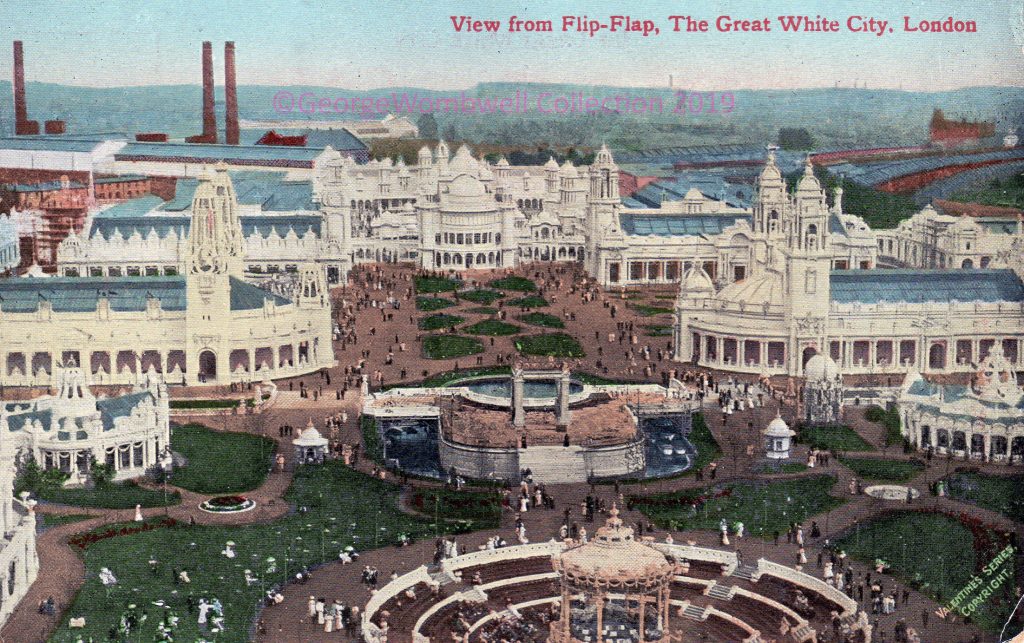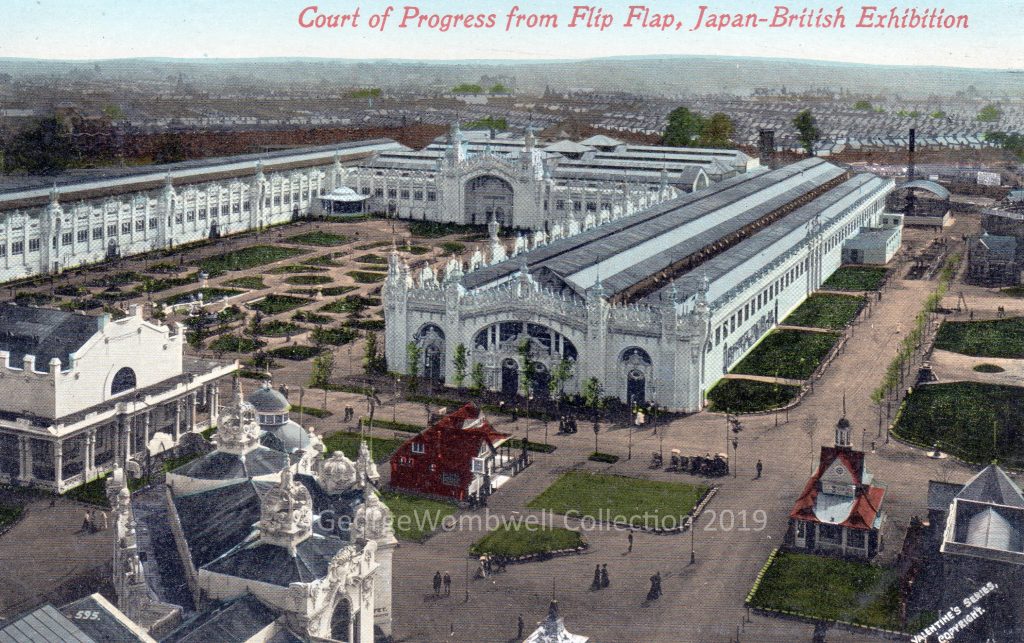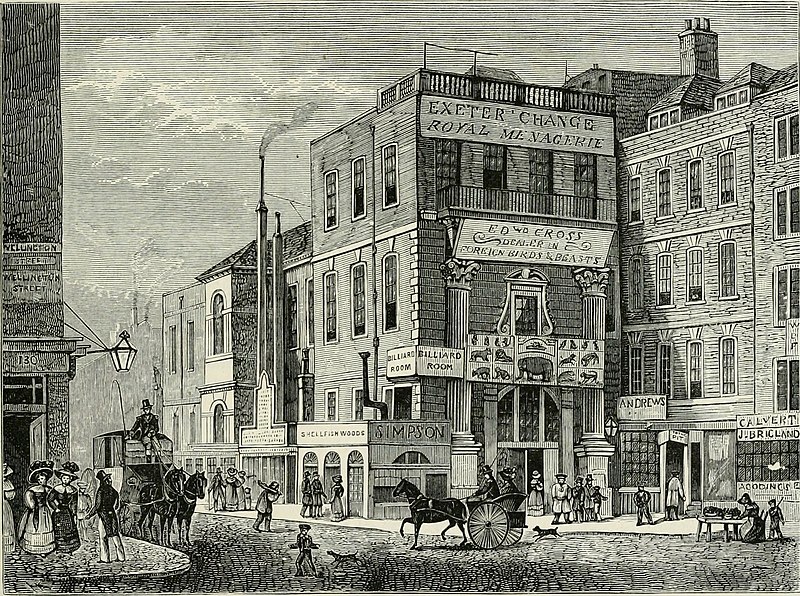
The Exeter Exchange, also known as Exeter Change, was a building in London that housed a menagerie, or collection of exotic animals, during the 19th century. It was located on the Strand and operated from the late 1700s until the mid-1800s. The menagerie at Exeter Change was a popular attraction for Londoners, showcasing a variety of animals including lions, tigers, monkeys, birds, and other exotic creatures.
However, the conditions for the animals at Exeter Change were often poor, with small and cramped cages that did not provide proper care or space for the animals. This led to concerns about animal welfare, and eventually, public sentiment turned against the menagerie. Animal rights activists, including figures like William Wilberforce, campaigned for the closure of Exeter Change due to the inhumane treatment of the animals.
In 1826, the menagerie was finally closed down, and the building was later demolished. The closure of Exeter Change marked a turning point in public attitudes towards the treatment of animals and contributed to the growing movement for animal welfare and rights. The change was on the current site of The Strand Palace Hotel.
